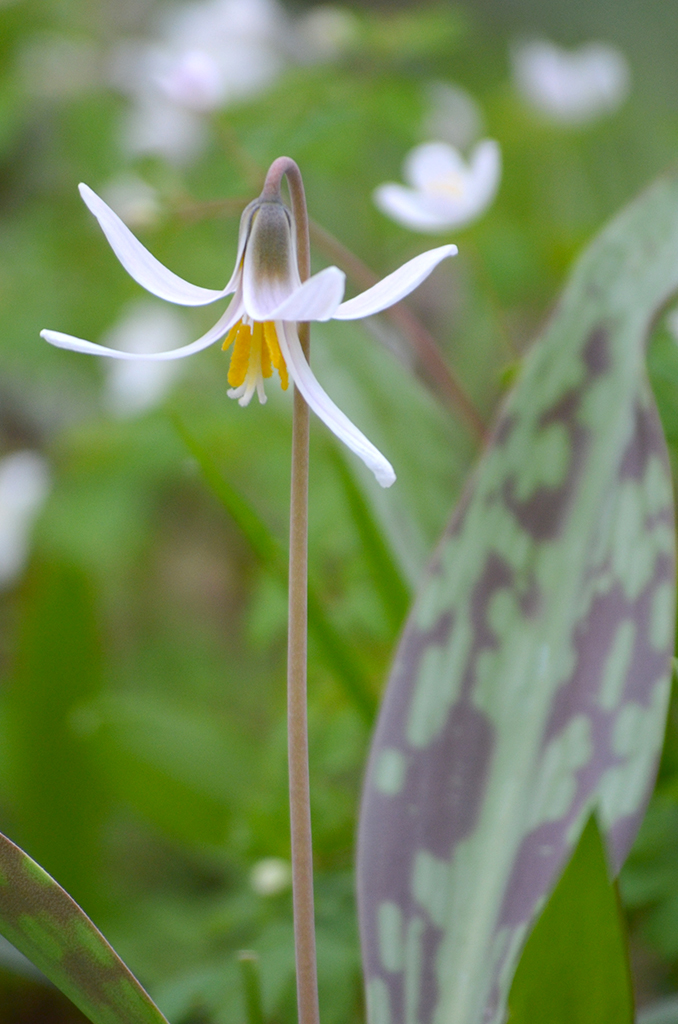

Pershing asked for a larger caliber machine gun. Consequently, the American Expeditionary Force's commander General John J. The armor made aircraft machine guns using conventional rifle ammunition (such as the. During the war, the Germans introduced a heavily armored airplane, the Junkers J.I. The larger rounds were needed to defeat the armor that was being introduced to the battlefield, both on the ground and in the air. Machine guns were heavily used in World War I, and weapons of larger than rifle caliber began appearing on both sides of the conflict. 4 Prohibition of M2 Browning use against personnel.government, and for allies via Foreign Military Sales, as well as by foreign manufacturers such as FN Herstal. by General Dynamics Ohio Ordnance Works, and U.S. The current M2HB (heavy barrel) is manufactured in the U.S. 45 ACP M1911 pistol, which was also designed by John Browning. forces have used the M2 longer than any other firearm except the. It is the primary heavy machine gun of NATO countries and has been used by many other countries as well. It was heavily used during World War II, the Korean War, the Vietnam War, the Falklands War, the Soviet–Afghan War, the Gulf War, the Iraq War, and the War in Afghanistan. The gun has been used extensively as a vehicle weapon and for aircraft armament by the United States since the 1930s. It is effective against infantry, unarmored or lightly armored vehicles and boats, light fortifications, and low-flying aircraft. military designation for the current infantry type is Browning Machine Gun, Cal.50, M2, HB, Flexible. The design has had many designations the official U.S. The M2 uses Browning's larger and more powerful. Its design is similar to Browning's earlier M1919 Browning machine gun, which was chambered for the. 50 caliber machine gun (informally, " Ma Deuce" ) is a heavy machine gun that was designed towards the end of World War I by John Browning.


 0 kommentar(er)
0 kommentar(er)
